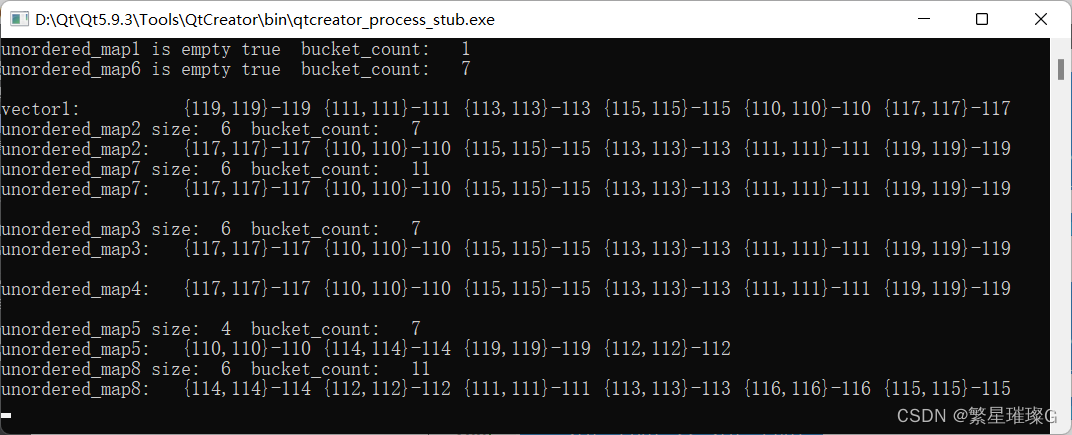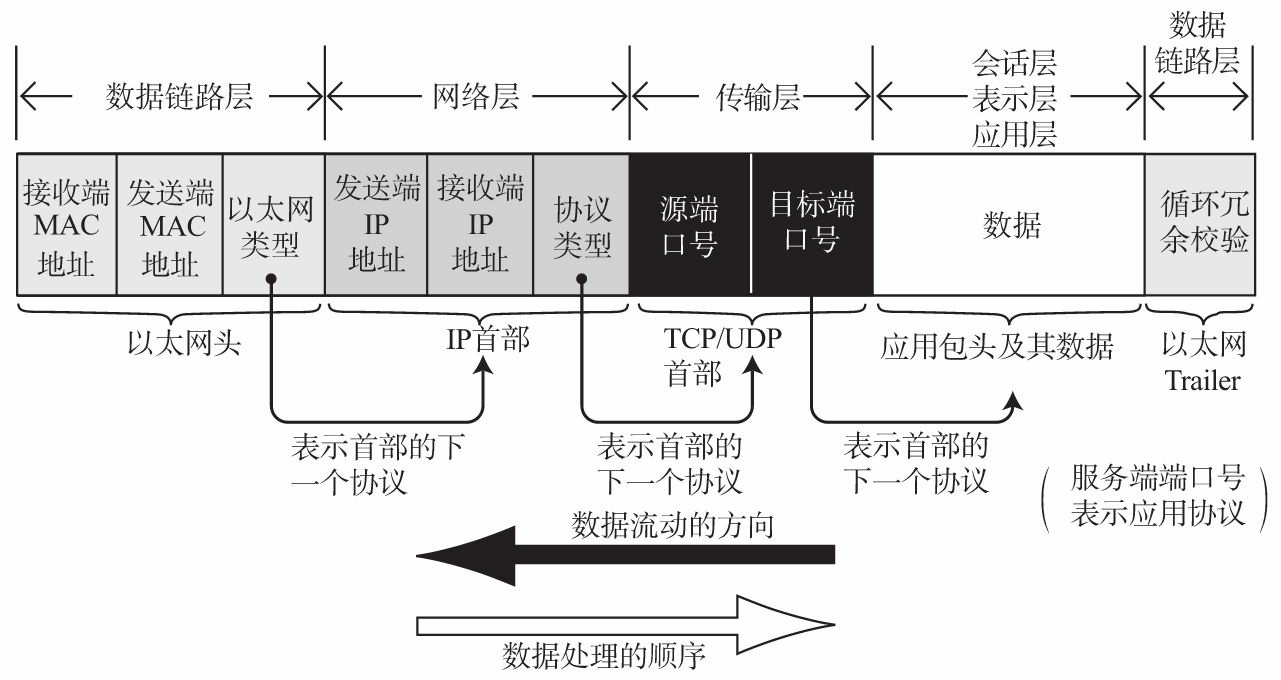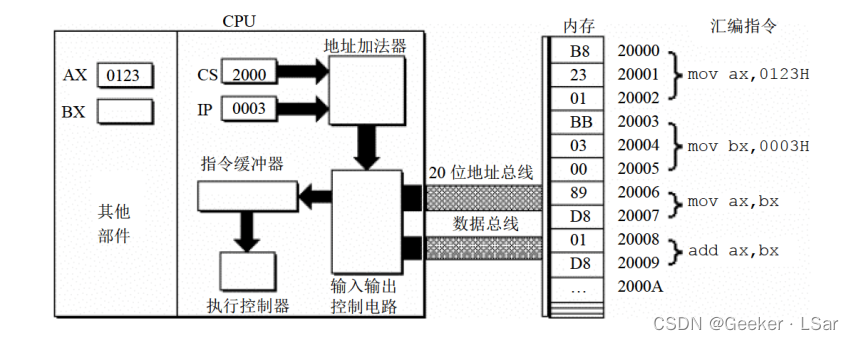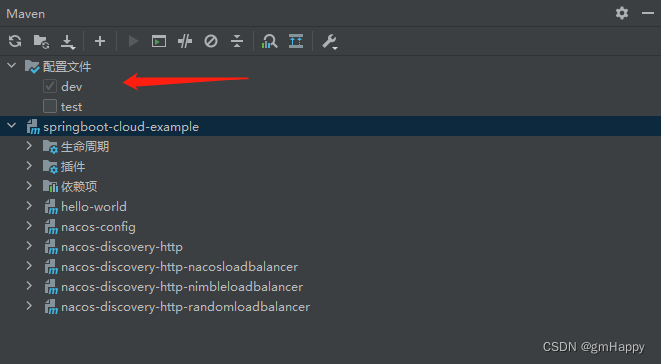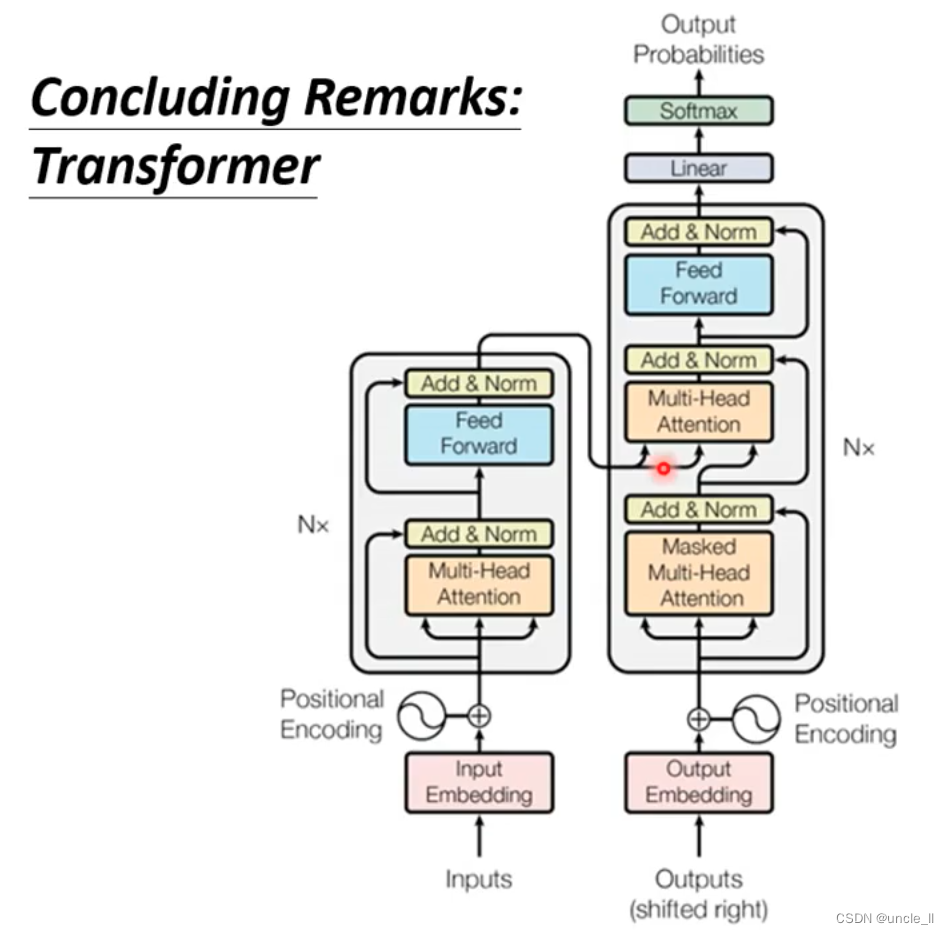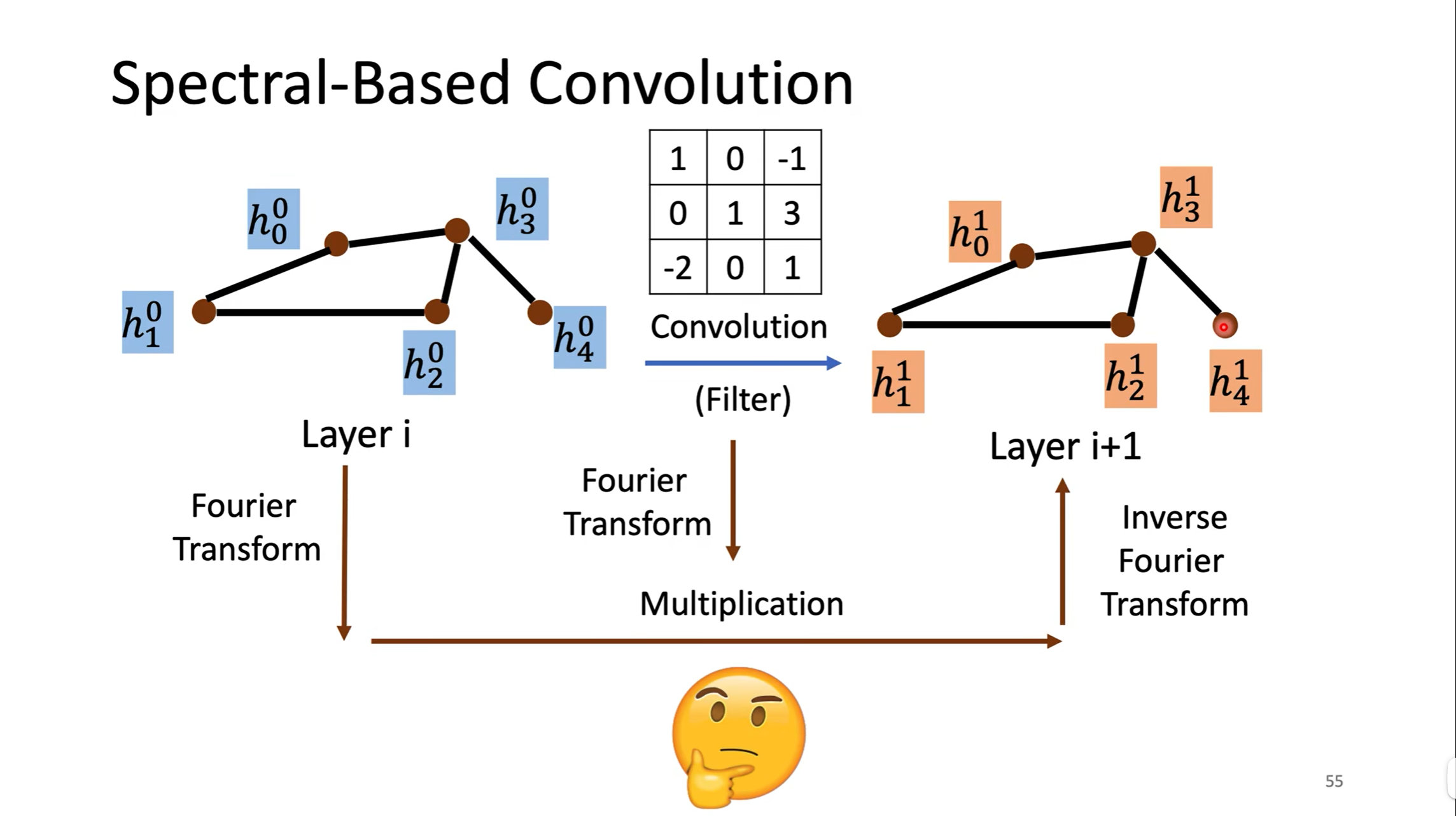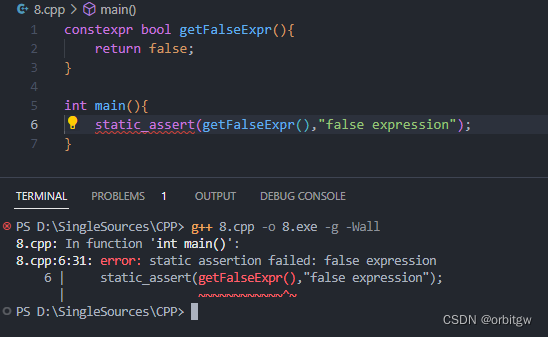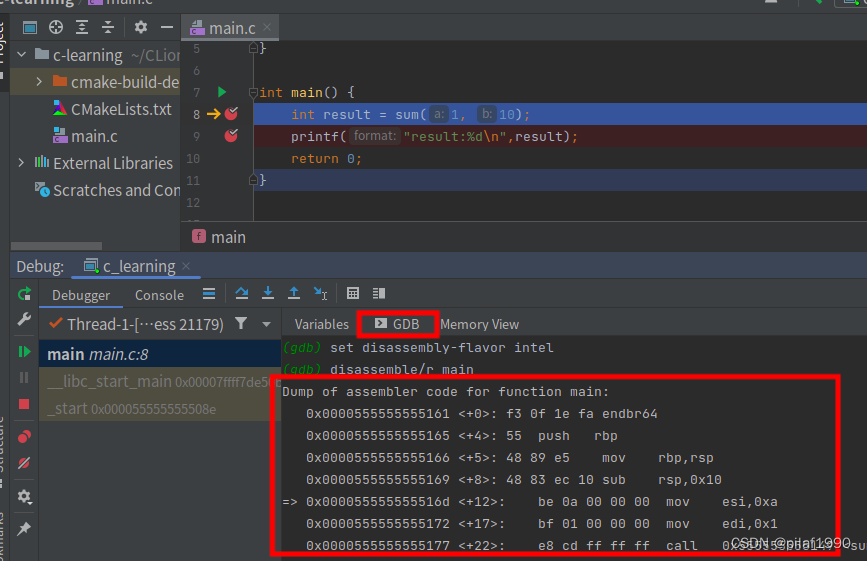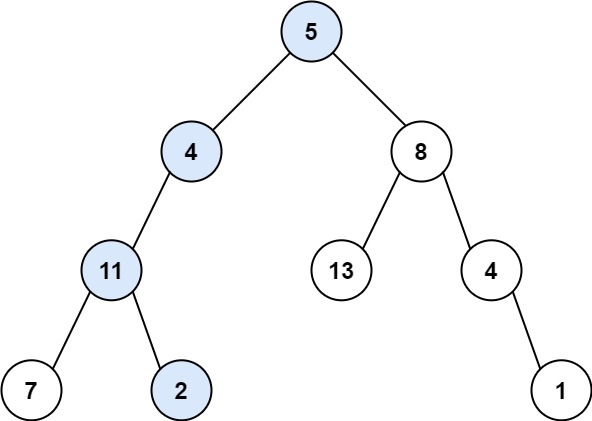定义于头文件 <unordered_map>
| template< class Key, | (1) | (C++11 起) |
| namespace pmr { template <class Key, | (2) | (C++17 起) |
unordered_map 是关联容器,含有带唯一键的键-值 pair 。搜索、插入和元素移除拥有平均常数时间复杂度。
元素在内部不以任何特定顺序排序,而是组织进桶中。元素放进哪个桶完全依赖于其键的哈希。这允许对单独元素的快速访问,因为一旦计算哈希,则它准确指代元素所放进的桶。
成员函数
构造 unordered_map
std::unordered_map<Key,T,Hash,KeyEqual,Allocator>::unordered_map| unordered_map() : unordered_map( size_type(/*implementation-defined*/) ) {} explicit unordered_map( size_type bucket_count, | (1) | (C++11 起) |
| unordered_map( size_type bucket_count, const Allocator& alloc ) | (1) | (C++14 起) |
| explicit unordered_map( const Allocator& alloc ); | (1) | (C++11 起) |
| template< class InputIt > unordered_map( InputIt first, InputIt last, | (2) | (C++11 起) |
| template< class InputIt > unordered_map( InputIt first, InputIt last, | (2) | (C++14 起) |
| template< class InputIt > unordered_map( InputIt first, InputIt last, | (2) | (C++14 起) |
| unordered_map( const unordered_map& other ); | (3) | (C++11 起) |
| unordered_map( const unordered_map& other, const Allocator& alloc ); | (3) | (C++11 起) |
| unordered_map( unordered_map&& other ); | (4) | (C++11 起) |
| unordered_map( unordered_map&& other, const Allocator& alloc ); | (4) | (C++11 起) |
| unordered_map( std::initializer_list<value_type> init, size_type bucket_count = /*implementation-defined*/, | (5) | (C++11 起) |
| unordered_map( std::initializer_list<value_type> init, size_type bucket_count, | (5) | (C++14 起) |
| unordered_map( std::initializer_list<value_type> init, size_type bucket_count, | (5) | (C++14 起) |
从各种数据源构造新容器。可选的以用户提供的 bucket_count 为用于创建的最小桶数,以 hash 为哈希函数,以 equal 为比较关键的函数,和以 alloc 为分配器。
1) 构造空容器。设置 max_load_factor() 为 1.0 。对于默认构造函数,桶数是实现定义的。
2) 构造拥有范围 [first, last) 的内容的容器。设置 max_load_factor() 为 1.0 。若范围中的多个元素拥有比较等价的关键,则插入哪个元素是未指定的(待决的 LWG2844 )。
3) 复制构造函数。构造拥有 other 内容副本的容器,一同复制加载因子、谓词和哈希函数。若不提供 alloc ,则通过调用 std::allocator_traits<allocator_type>::select_on_container_copy_construction(other.get_allocator()) 获得分配器。
4) 移动构造函数。用移动语义构造拥有 other 内容的容器。若不提供 alloc ,则通过从属于 other 的分配器移动构造获得分配器。
5) 构造拥有 initializer_list init 内容的容器,同 unordered_map(init.begin(), init.end()) 。
参数
| alloc | - | 用于此容器所有内存分配器的分配器 |
| bucket_count | - | 初始化时用的最小桶数。若不指定,则使用实现定义的默认值 |
| hash | - | 要用的哈希函数 |
| equal | - | 用于此容器所有关键比较的比较函数 |
| first, last | - | 复制元素来源的范围 |
| other | - | 用作源以初始化容器元素的另一容器 |
| init | - | 用以初始化容器元素的 initializer_list |
| 类型要求 | ||
- InputIt 必须满足遗留输入迭代器 (LegacyInputIterator) 的要求。 | ||
复杂度
1) 常数
2) 平均情况与 first 和 last 间的距离成线性,最坏情况成平方。
3) 与 other 的大小成线性。
4) 常数。若给定 alloc 且 alloc != other.get_allocator() 则为线性。
5) 平均情况与 init 的大小成线性,最坏情况成平方。
异常
对 Allocator::allocate 的调用可能抛出。
注意
在容器移动构造(重载 (4) )后,指向 other 的引用及迭代器(除了尾迭代器)保持合法,但指代现于 *this 中的元素。当前标准由 [container.requirements.general]/12 中的总括陈述作出此保证,而 LWG 2321 正在考虑更严格的保证。
析构 unordered_map
std::unordered_map<Key,T,Hash,KeyEqual,Allocator>::~unordered_map| ~unordered_map(); | (C++11 起) |
销毁容器。调用元素的析构函数,然后解分配所用的存储。注意,若元素是指针,则不销毁所指向的对象。
复杂度
与容器大小成线性。
调用示例
#include <iostream>
#include <forward_list>
#include <string>
#include <iterator>
#include <algorithm>
#include <functional>
#include <unordered_map>
#include <time.h>
using namespace std;
struct Cell
{
int x;
int y;
Cell() = default;
Cell(int a, int b): x(a), y(b) {}
Cell &operator +=(const Cell &cell)
{
x += cell.x;
y += cell.y;
return *this;
}
Cell &operator +(const Cell &cell)
{
x += cell.x;
y += cell.y;
return *this;
}
Cell &operator *(const Cell &cell)
{
x *= cell.x;
y *= cell.y;
return *this;
}
Cell &operator ++()
{
x += 1;
y += 1;
return *this;
}
bool operator <(const Cell &cell) const
{
if (x == cell.x)
{
return y < cell.y;
}
else
{
return x < cell.x;
}
}
bool operator >(const Cell &cell) const
{
if (x == cell.x)
{
return y > cell.y;
}
else
{
return x > cell.x;
}
}
bool operator ==(const Cell &cell) const
{
return x == cell.x && y == cell.y;
}
};
struct myCompare
{
bool operator()(const int &a, const int &b)
{
return a < b;
}
};
std::ostream &operator<<(std::ostream &os, const Cell &cell)
{
os << "{" << cell.x << "," << cell.y << "}";
return os;
}
std::ostream &operator<<(std::ostream &os, const std::pair<Cell, string> &pCell)
{
os << pCell.first << "-" << pCell.second;
return os;
}
struct CHash
{
size_t operator()(const Cell& cell) const
{
size_t thash = std::hash<int>()(cell.x) | std::hash<int>()(cell.y);
// std::cout << "CHash: " << thash << std::endl;
return thash;
}
};
struct CEqual
{
bool operator()(const Cell &a, const Cell &b) const
{
return a.x == b.x && a.y == b.y;
}
};
int main()
{
std::cout << std::boolalpha;
std::mt19937 g{std::random_device{}()};
srand((unsigned)time(NULL));
auto generate = []()
{
int n = std::rand() % 10 + 110;
Cell cell{n, n};
return std::pair<Cell, string>(cell, std::to_string(n));
};
//1) 构造空容器。设置 max_load_factor() 为 1.0 。对于默认构造函数,桶数是实现定义的。
std::unordered_map<Cell, string, CHash, CEqual> unordered_map1;
std::cout << "unordered_map1 is empty " << unordered_map1.empty()
<< " bucket_count: " << unordered_map1.bucket_count() << std::endl;
std::unordered_map<Cell, string, CHash, CEqual> unordered_map6(6);
std::cout << "unordered_map6 is empty " << unordered_map6.empty()
<< " bucket_count: " << unordered_map6.bucket_count() << std::endl;
std::cout << std::endl;
std::vector<std::pair<Cell, string>> vector1(6);
std::generate(vector1.begin(), vector1.end(), generate);
std::cout << "vector1: ";
std::copy(vector1.begin(), vector1.end(), std::ostream_iterator<std::pair<Cell, string>>(std::cout, " "));
std::cout << std::endl;
//2) 构造拥有范围 [first, last) 的内容的容器。
//设置 max_load_factor() 为 1.0 。若范围中的多个元素拥有比较等价的关键,则插入哪个元素是未指定的。
std::unordered_map<Cell, string, CHash, CEqual> unordered_map2(vector1.begin(), vector1.end());
std::cout << "unordered_map2 size: " << unordered_map2.size()
<< " bucket_count: " << unordered_map2.bucket_count() << std::endl;
std::cout << "unordered_map2: ";
std::copy(unordered_map2.begin(), unordered_map2.end(), std::ostream_iterator<std::pair<Cell, string>>(std::cout, " "));
std::cout << std::endl;
std::unordered_map<Cell, string, CHash, CEqual> unordered_map7(vector1.begin(), vector1.end(), 8);
std::cout << "unordered_map7 size: " << unordered_map7.size()
<< " bucket_count: " << unordered_map7.bucket_count() << std::endl;
std::cout << "unordered_map7: ";
std::copy(unordered_map7.begin(), unordered_map7.end(), std::ostream_iterator<std::pair<Cell, string>>(std::cout, " "));
std::cout << std::endl;
std::cout << std::endl;
//3) 复制构造函数。构造拥有 other 内容副本的容器,一同复制加载因子、谓词和哈希函数。
std::unordered_map<Cell, string, CHash, CEqual> unordered_map3(unordered_map2);
std::cout << "unordered_map3 size: " << unordered_map3.size()
<< " bucket_count: " << unordered_map3.bucket_count() << std::endl;
std::cout << "unordered_map3: ";
std::copy(unordered_map3.begin(), unordered_map3.end(), std::ostream_iterator<std::pair<Cell, string>>(std::cout, " "));
std::cout << std::endl;
std::cout << std::endl;
//4) 移动构造函数。用移动语义构造拥有 other 内容的容器。
//若不提供 alloc ,则通过从属于 other 的分配器移动构造获得分配器。
std::unordered_map<Cell, string, CHash, CEqual> unordered_map4(std::move(unordered_map2));
std::cout << "unordered_map4: ";
std::copy(unordered_map4.begin(), unordered_map4.end(), std::ostream_iterator<std::pair<Cell, string>>(std::cout, " "));
std::cout << std::endl;
std::cout << std::endl;
//5) 构造拥有 initializer_list init 内容的容器,同 unordered_map(init.begin(), init.end()) 。
std::unordered_map<Cell, string, CHash, CEqual> unordered_map5
{generate(), generate(), generate(), generate(), generate(), generate()};
std::cout << "unordered_map5 size: " << unordered_map5.size()
<< " bucket_count: " << unordered_map5.bucket_count() << std::endl;
std::cout << "unordered_map5: ";
std::copy(unordered_map5.begin(), unordered_map5.end(), std::ostream_iterator<std::pair<Cell, string>>(std::cout, " "));
std::cout << std::endl;
std::unordered_map<Cell, string, CHash, CEqual> unordered_map8
({generate(), generate(), generate(), generate(), generate(), generate()}, 8);
std::cout << "unordered_map8 size: " << unordered_map8.size()
<< " bucket_count: " << unordered_map8.bucket_count() << std::endl;
std::cout << "unordered_map8: ";
std::copy(unordered_map8.begin(), unordered_map8.end(), std::ostream_iterator<std::pair<Cell, string>>(std::cout, " "));
std::cout << std::endl;
return 0;
}
输出
